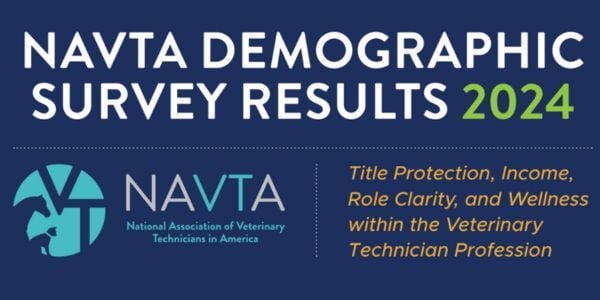Veterinary practices today face a unique set of workforce planning challenges, most notably, the ongoing shortage of qualified veterinarians and veterinary technicians. To navigate this landscape effectively, strategic workforce planning must go hand in hand with intentional team utilization. Success is no longer about how many people are on staff but how well their skills are deployed.
Aligning Workforce Planning with Utilization Strategy
Effective planning begins with thoroughly evaluating current staffing levels, projected growth, and operational goals. However, it must also assess whether current team members are being used to their full capacity. Are credentialed technicians performing skilled tasks, or are DVMs doing duties that could be delegated? Are front-desk team members trained and empowered to handle client service gaps efficiently?
Even a well-staffed clinic can feel overworked and inefficient when utilization is not optimized. That’s why workforce planning should include a utilization audit, which should identify role mismatches, delegation gaps, and under-leveraged talent across the practice.
By ensuring that each team member works at the top of their license, training, and ability, practices can:
Reduce bottlenecks and improve patient throughput
Decrease veterinarian burnout by offloading lower-level tasks
Improve job satisfaction across all roles
Deliver a higher standard of care in less time
Smart Recruiting = Utilization-Driven Hiring
Successful recruitment in the veterinary field calls for a multifaceted, proactive approach that supports a balanced skill mix. Recruiting should aim to fill open roles and enhance the practice’s overall efficiency and resiliency.
Key recruitment strategies include:
Posting open roles on trusted job boards like AVMA Career Center, VIN, and Indeed
Offering externships and internships to veterinary students and technician programs
Writing job descriptions that reflect both the technical and relational responsibilities expected from each role
Ensuring hiring plans support workload distribution, not just clinician capacity
To maximize utilization, consider hiring for role flexibility and upward potential. Candidates who can be trained or cross-trained into other functions build operational elasticity. This is especially valuable during peak seasons or when facing absences or turnover.
Beyond the Resume: Hiring for Cultural and Functional Fit
Recruitment isn’t just about experience and credentials. It’s also about cultural alignment and willingness to grow into a high-functioning team environment. Technicians and support staff who feel trusted and empowered are more likely to take initiative, accept delegation, and contribute meaningfully to the practice's flow.
Hiring with utilization in mind means looking for people who:
Are proactive and adaptable
Thrive in collaborative settings
Understand (or can be trained in) the scope of their role and how it complements others
Flexible Staffing Models Support Utilization
Workforce planning must also accommodate real-world realities: seasonal changes in patient demand, inconsistent scheduling needs, and the emotional intensity of veterinary work. Building flexible staffing models, such as part-time DVMs, per diem technicians, or shift-based CSRs, allows practices to maintain efficient operations without overburdening staff.
When utilization and scheduling are managed strategically, teams can maintain output without exhaustion, protect mental well-being, and sustain high levels of service.
The Role of Data in Utilization and Efficiency
Workforce planning in modern veterinary medicine increasingly relies on HR analytics to inform smarter decisions. Practices that track key metrics such as:
Productivity by role (e.g., revenue per DVM, technician tasks completed)
Average appointment length by provider type
Delegation ratios (how many tasks are performed by non-DVM staff)
Time-to-fill and turnover rates
...are better equipped to plan not just headcount, but skill distribution and utilization patterns.
This data helps leaders adjust staffing, identify training needs, and reallocate responsibilities in ways that directly improve operational efficiency.
Recruitment without a utilization strategy is like hiring chefs and forgetting who’s running the kitchen line. To thrive in today’s environment, veterinary practices must shift from a “more people” mindset to a “maximize potential” mindset. By planning staffing around how people work—not just how many there are—practices can reduce burnout, improve workflow, and enhance both employee and patient experiences.








